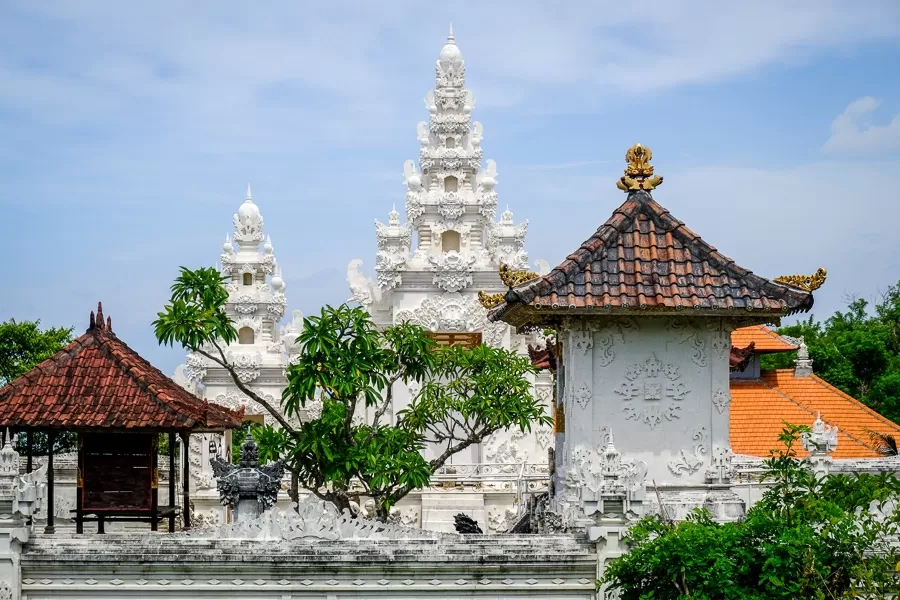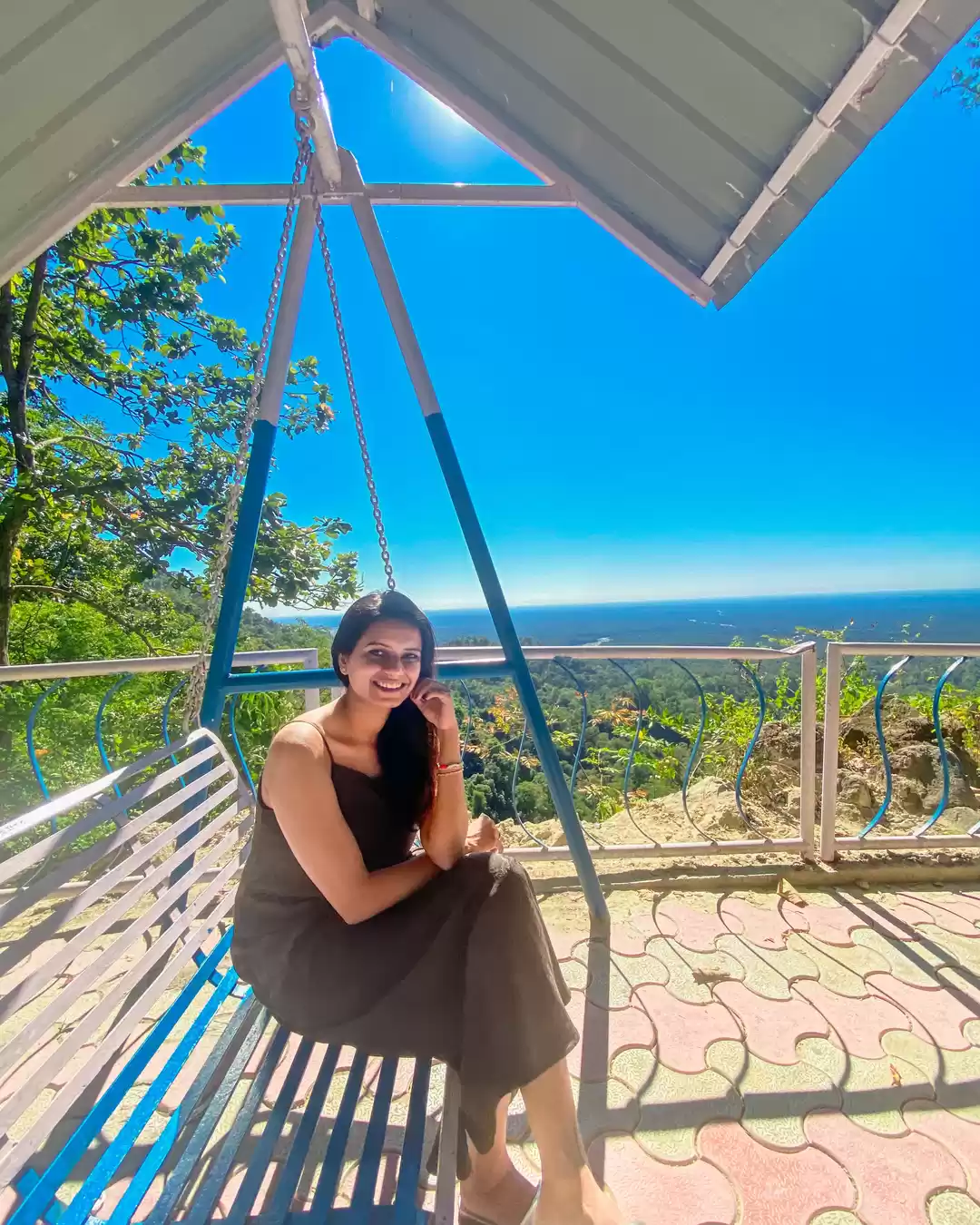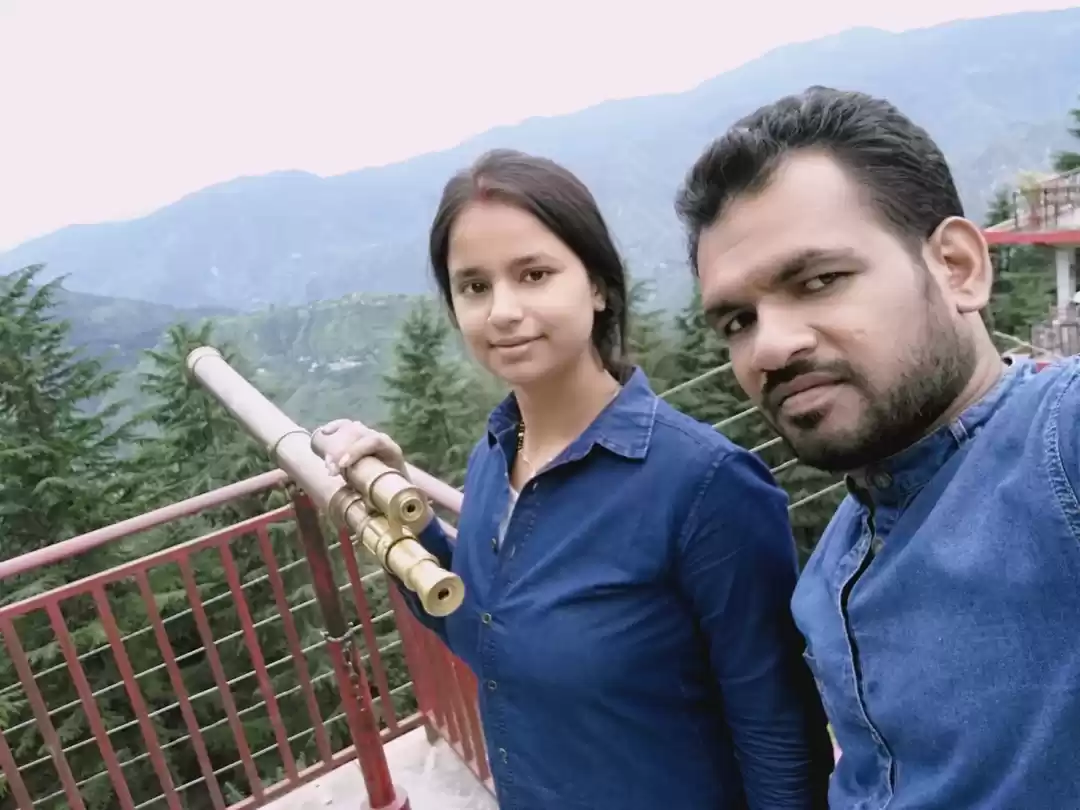Imagine swimming with the majestic manta rays, enjoying stunning views from the cliffs, and exploring the hidden gems of Nusa Penida island. This is what Manta Point has to offer, and more. Manta Point is one of the most amazing places in Bali, where you can experience the wonders of the underwater world, the beauty of the land, and the culture of the people.
In this guide, we will tell you everything you need to know about Manta Point, from how to get there, what to expect, when to go, and what else to do on Nusa Penida.
Why Manta Point is a Must-Visit in Bali
Manta Point is one of the few places in the world where you can see manta rays all year round. These gentle giants can grow up to 7 meters in wingspan, and they are often seen in groups of up to 20. They are not dangerous to humans, and they are very curious and friendly. Snorkeling or diving with them is an unforgettable experience that you will cherish for a lifetime.
According to the Manta Trust, there are about 300 individual manta rays identified in Manta Point, making it one of the largest populations in the world. The manta rays are attracted by the plankton-rich waters, and they come to feed, mate, and clean themselves at the cleaning stations, where small fish remove parasites and dead skin from their bodies. You can observe their graceful movements and fascinating behaviors, and even interact with them, as they are known to approach and play with divers and snorkelers.
But manta rays are not the only attraction at Manta Point. You can also see other marine life, such as turtles, sharks, octopuses, and colorful fish. The water is clear and blue, and the visibility is good, ranging from 10 to 30 meters. The depth is also suitable for both beginners and advanced divers, as it varies from 5 to 20 meters. The current is usually mild, but it can be strong at times, so it is advisable to follow the instructions of your guide and stay close to your group.
How to Snorkel or Dive with Manta Rays at Manta Point
The best way to snorkel or dive with manta rays at Manta Point is to join a guided tour from one of the reputable operators on Nusa Penida or Nusa Lembongan. They will provide you with the necessary equipment, safety instructions, and transportation to and from the dive site. You can choose from different packages and durations, depending on your budget and preference.

Some tips and recommendations for snorkeling or diving with manta rays at Manta Point are:
- The best time to go is early in the morning, when the water is calm and the manta rays are more active.
- The best season to go is from April to October, when the weather is dry and sunny, and the water is clear and warm.
- The price for a snorkeling or diving tour ranges from $30 to $100, depending on the operator, the package, and the duration.
- The duration of a snorkeling or diving tour ranges from 2 to 6 hours, depending on the operator, the package, and the number of dive sites.
- The number of dive sites varies from 1 to 3, depending on the operator, the package, and the availability. The most common dive sites are Manta Point, Crystal Bay, and Gamat Bay.
- The difficulty level of snorkeling or diving at Manta Point is easy to moderate, depending on the current, the depth, and the experience of the diver or snorkeler.
- The minimum age for snorkeling or diving at Manta Point is 10 years old, and the minimum certification level for diving is Open Water Diver.
- The maximum group size for snorkeling or diving at Manta Point is 6 people, and the ratio of guide to diver or snorkeler is 1:4.
- The safety rules for snorkeling or diving at Manta Point are to follow the instructions of your guide, to stay close to your group, to respect the marine life, and to have fun.
What to See and Do at Manta Point Overlook and Surroundings
Manta Point is not only a great place for snorkeling and diving, but also for sightseeing and exploring. You can visit the West Cliff Overlook, where you can admire the panoramic views of the ocean, the cliffs, and the beach. You can also visit the Yellow Petal Temple, a sacred and historical site that is perched on the edge of the cliff. And of course, you can visit the Manta Point Overlook, where you can watch the manta rays from above, and maybe even spot some dolphins or whales.
The West Cliff Overlook is a scenic spot that offers a breathtaking view of the coastline and the horizon. You can see the waves crashing against the rocks, the sand sparkling in the sun, and the sky changing colors as the day progresses. You can also see the Manta Point dive site from here, and if you are lucky, you can see the manta rays swimming in the water. The West Cliff Overlook is a great place to take photos, relax, and enjoy the nature.

The Yellow Petal Temple, also known as Pura Batu Kuning, is one of the oldest temples on Nusa Penida. It was built in the 11th century by a Balinese king, who was inspired by a yellow flower that he saw on the cliff. The temple is dedicated to the god of the sea, and it is believed to protect the island from evil spirits and natural disasters. The temple is located on the edge of the cliff, overlooking the ocean and the Manta Point dive site. You can see the temple’s distinctive yellow roof, and the statues of the gods and the guardians. You can also enter the temple and pray, but you need to wear a sarong and a sash, which you can borrow at the entrance.
The Manta Point Overlook is the best place to watch the manta rays from the land. You can see them gliding and jumping in the water, and sometimes even flying out of the water. You can also see other marine life, such as dolphins, whales, and turtles. The Manta Point Overlook is a popular spot for photographers, birdwatchers, and nature lovers. You can also have a picnic or a snack here, as there are some stalls selling drinks and snacks.
Some tips and recommendations for visiting the Manta Point Overlook and its surroundings are:
- The best time to visit is in the morning or in the afternoon, when the sun is not too harsh and the visibility is good.
- The best season to visit is from April to October, when the weather is dry and sunny, and the manta rays are more visible.
- The entrance fee for the West Cliff Overlook and the Yellow Petal Temple is free, but you can make a donation if you wish.
- The entrance fee for the Manta Point Overlook is 10,000 IDR (about $0.7) per person, which goes to the local community for the maintenance of the area.
- The distance from the West Cliff Overlook to the Yellow Petal Temple is about 1 km, and the distance from the Yellow Petal Temple to the Manta Point Overlook is about 2 km. You can walk, bike, or drive between them, depending on your preference and availability.
- The road to the Manta Point Overlook and its surroundings is very rough and bumpy, and it can be slippery and muddy in the rainy season. You need to be careful and cautious, especially if you are driving a car or a scooter. You can also hire a private driver or a guide, who can take you there safely and comfortably.
How to Plan Your Trip to Manta Point and Nusa Penida
The best time to visit Manta Point and Nusa Penida is from April to October, when the weather is dry and sunny, and the water is calm and clear. The peak season is from July to September, when the island is crowded with tourists, and the prices are higher. The off-season is from November to March, when the weather is rainy and windy, and the water is choppy and murky. However, you can still see manta rays all year round, as they are not affected by the seasons.

Some tips and recommendations for planning your trip to Manta Point and Nusa Penida are:
1. The best way to get to Nusa Penida from Bali is by taking a fast boat from Sanur, Padang Bai, or Kusamba. The boat ride takes about 30 to 45 minutes, and the price ranges from $15 to $30, depending on the operator and the season. You can book your boat ticket online or at the harbor, but it is advisable to book in advance, especially in the peak season.
2. The best way to get around Nusa Penida is by renting a car, a scooter, or a bicycle, depending on your preference and availability. You can rent them from the harbor, the hotels, or the local shops, and the price ranges from $5 to $50, depending on the type and the duration. You can also hire a private driver or a guide, who can take you to the best spots and tell you more about the island. You can find them at the harbor, the hotels, or the online platforms, and the price ranges from $30 to $100, depending on the service and the duration.
3. The best way to prepare for your trip to Manta Point and Nusa Penida is to pack light and smart, as the island is still developing and the facilities are limited. You should bring the essentials, such as sunscreen, sunglasses, hat, water, snacks, camera, phone, charger, cash, etc. You should also bring some extra clothes, as the weather can be unpredictable and the water can be cold. You should also bring some medicine, as there are no pharmacies or hospitals on the island, and some insect repellent, as there are many mosquitoes and bugs on the island.
Where to Stay and Eat on Nusa Penida
Nusa Penida has a variety of accommodation options, ranging from budget to luxury, and from beachfront to hilltop. You can choose from guesthouses, hotels, resorts, villas, or even camping sites, depending on your preference and budget. Some of the best places to stay on Nusa Penida are:

Manta Point Resort: This is a luxury resort that is located right next to the Manta Point dive site, and it has a private beach, a pool, a spa, and a restaurant. The rooms are spacious and comfortable, and the staff is friendly and helpful. You can book your stay at the Manta Point Resort here, or call them at +62 812 3456 7890. You can also check out their reviews and ratings here.
Coco Resort Penida: This is a cozy and affordable guesthouse that is located near the beach, and it has a garden, a pool, and a restaurant. The rooms are clean and cozy, and the staff is warm and welcoming. You can book your stay at the Coco Resort Penida here, or call them at +62 812 3456 7891. You can also check out their reviews and ratings here.
Nusa Garden Bungalow: This is a budget and eco-friendly guesthouse that is located in the middle of the island, and it has a garden, a terrace, and a shared kitchen. The rooms are simple and rustic, and the staff is friendly and helpful. You can book your stay at the Nusa Garden Bungalow here, or call them at +62 812 3456 7892. You can also check out their reviews and ratings here.

Nusa Penida also has a variety of dining options, ranging from local to international, and from street food to fine dining. You can choose from warungs, cafes, restaurants, or even food stalls, depending on your taste and budget. Some of the best places to eat on Nusa Penida are:
Manta Point Restaurant: This is a seafood restaurant that is located at the Manta Point Resort, and it serves fresh seafood, local dishes, and international cuisine. The portions are generous and affordable, and the service is fast and friendly. You can check out their menu and reviews here, or call them at +62 812 3456 7890.
Penida Espresso: This is a coffee shop that is located near the harbor, and it serves coffee, tea, smoothies, cakes, and sandwiches. The coffee is strong and delicious, and the cakes are moist and fluffy. The atmosphere is cozy and relaxing, and the service is warm and attentive. You can check out their menu and reviews here, or call them at +62 812 3456 7893.
Warung Made: This is a local restaurant that is located in the village, and it serves traditional Balinese food, such as nasi goreng, sate, and gado-gado. The food is spicy and flavorful, and the price is cheap and reasonable. The ambiance is simple and authentic, and the service is friendly and fast. You can check out their menu and reviews here, or call them at +62 812 3456 7894.
Manta Point is a must-visit for anyone who loves nature and adventure. It is a place where you can experience the wonders of the underwater world, the beauty of the land, and the culture of the people. Manta Point and Nusa Penida are waiting for you, so don’t miss this opportunity to discover one of the best spots in Bali.
Are you ready to visit Manta Point and Nusa Penida? Book your tour and accommodation today, and start planning your dream trip. Or, if you have already been there, share your experience and tips with us in the comments below. We would love to hear from you.















